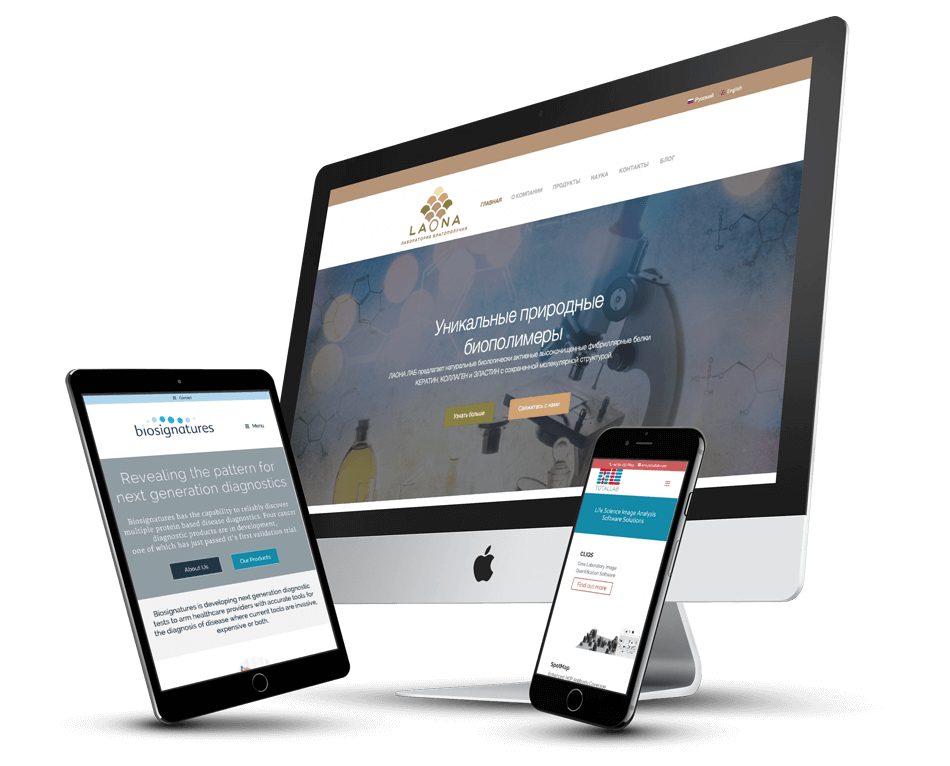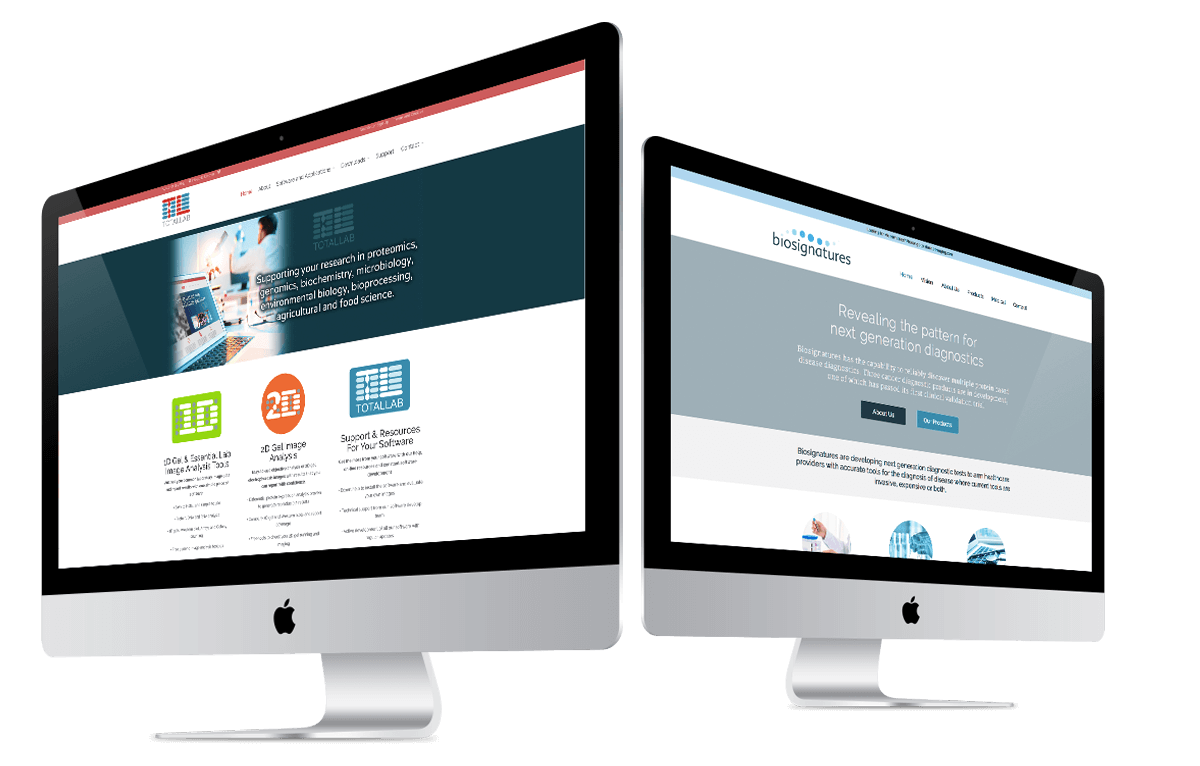5 Tips When Planning Your Website Content
You know you need a business website. But it can seem like a daunting task, not just the technical aspect, but what do you put in it, where do you start!
Don't put it on the back burner, it really isn't that difficult to make a start.
We work closely with our clients on every website project to guide them through creating the very best content for their website. We advise that website content be ready for web design or build. This creates the best outcome for your project.
Here are my 5 initial tips to get you started when planning content for your website project
If you have a website, or need to get one, having a professional looking website will add to the credibility and prominence of your business, so it is worth spending a little time drawing up a plan. Then you can either brief your web designer to take the project forward, or you can tackle the website yourself, in nice, bite size steps.
It doesn't have to be a scary task.
Over the last 16 years I have worked on numerous website projects with many instances where the business is not sure what to prepare or plan for their project.
We work closely with our clients to plan and create content that will really deliver the best results, so here are a few tips to help you get started on planning your website project and planning your content.
All of our websites use the latest best practices, RWD, HTML5, CSS3, - but these are just the foundation and framework into which your 'content' will be placed. Quality 'content' is KEY!
1. GOALS
Have a set of clear objectives for your website.
What do you want it to achieve for your business.
Keep to around three clear goals for your website. Try to be really specific about these three goals. This will help you to narrow down exactly the content you need and how the success of the website is measured.
2. TARGET AUDIENCE
Narrow down your target audience. Who are you trying to reach out to?
Never try to reach everyone, that generally means you reach no one.
Write down or even sketch out your ideal website visitor and think about what they would be looking for when searching or landing on your website.
Make sure the tone of the website will appeal to them and will speak to them in their language.
How are they likely to view your content?
Will they be desk-based with really good broadband, or are they more likely to be away from their desk, on a mobile device with weaker broadband. You may need to develop your content to suit their situation.
[bctt tweet="5 tips when planning your website content. Read our blog here" username="arttia"]
3. CONTENT INVENTORY
A great place to start is to gather a breakdown of the content you already have.
TEXT: What text do you have ready, what is missing and what do you need to write. Is it in the correct and style tone for the target audience. You may need to rewrite aspects so that all the messages meet your website goals.
IMAGES: An image can say a thousand words. Great journalistic photography can really help in telling your story.
Pictures are focal points on the pages of your website and draw a visitor in to reading more of the text and understanding your messages clearly. Ideally create your own photography and graphics. This will add to the uniqueness of your website and will increase the dwell time of any visitors. Video can really make a website compelling and is ideal for communicating complicated messages or a fast track way of letting the visitor know what you are offering. If you can't create unique photography, then use the online image libraries, but try to be very selective with the images you use so you don't end up looking like other websites in your sector.
SITE PLAN: Create a simple site plan, what pages do you think your website will need, Home, About, Services, Contact etc. Where will each aspect of the content appear on the journey a user takes through your site. This can be in the format of a sketch on paper or a list on a spreadsheet.
4. CONTENT GAPS AND WISH LIST
When you have your inventory you will see the gaps you have and it also may inspire a wish list of new content or features.
Need more or better copy, a great route is to engage a copywriter. They can give a new perspective on your business message, plus they generally know how to write great copy for SEO, that Google loves and can ensure correct grammar and spellings throughout.
You may not have any photography or graphics. So you either want to take your own shots, search on a photo library website, engage a professional photographer or graphic designer to create illustrations, icons or graphics. These will add a real personality to your website.
TOP TIP: Create a priority scale of 1 - 5. With 1 being essential and 5 being a nice to have.
5. REVISING AND MEASURING
Have a plan for keeping your website fresh and updated. Your website should never be seen as finished. It should evolve as your business does and change as your customer needs change. Plus Google loves up-to-date content and evidence of expertise, keeping content fresh and relevant should help your search page results.
Regularly check your Google analtyics to see where changes or improvements can be made, ask for customer feedback on how they found and used the website.
The task doesn't have to be daunting. Take each step in turn and the task of creating your business website will fall into place. Ask for expert help if and when needed to ensure you have the very best website and having a plan in place will save time and deliver exactly what your business needs.
These are just 5 tips, there are many factors to consider for a website project
We are experienced in planning websites and creating outstanding User Journeys, that ensure the success of your website.


